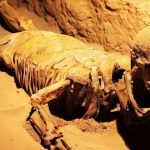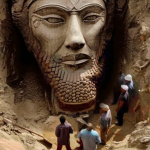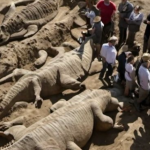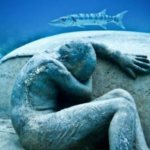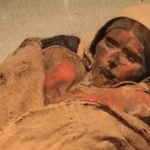12,000 Year Old Intact Anunnaki Discovered In Ancient Tomb: The Burial Site of Our Prehistoric Ancestors
- mystery
- June 13, 2024
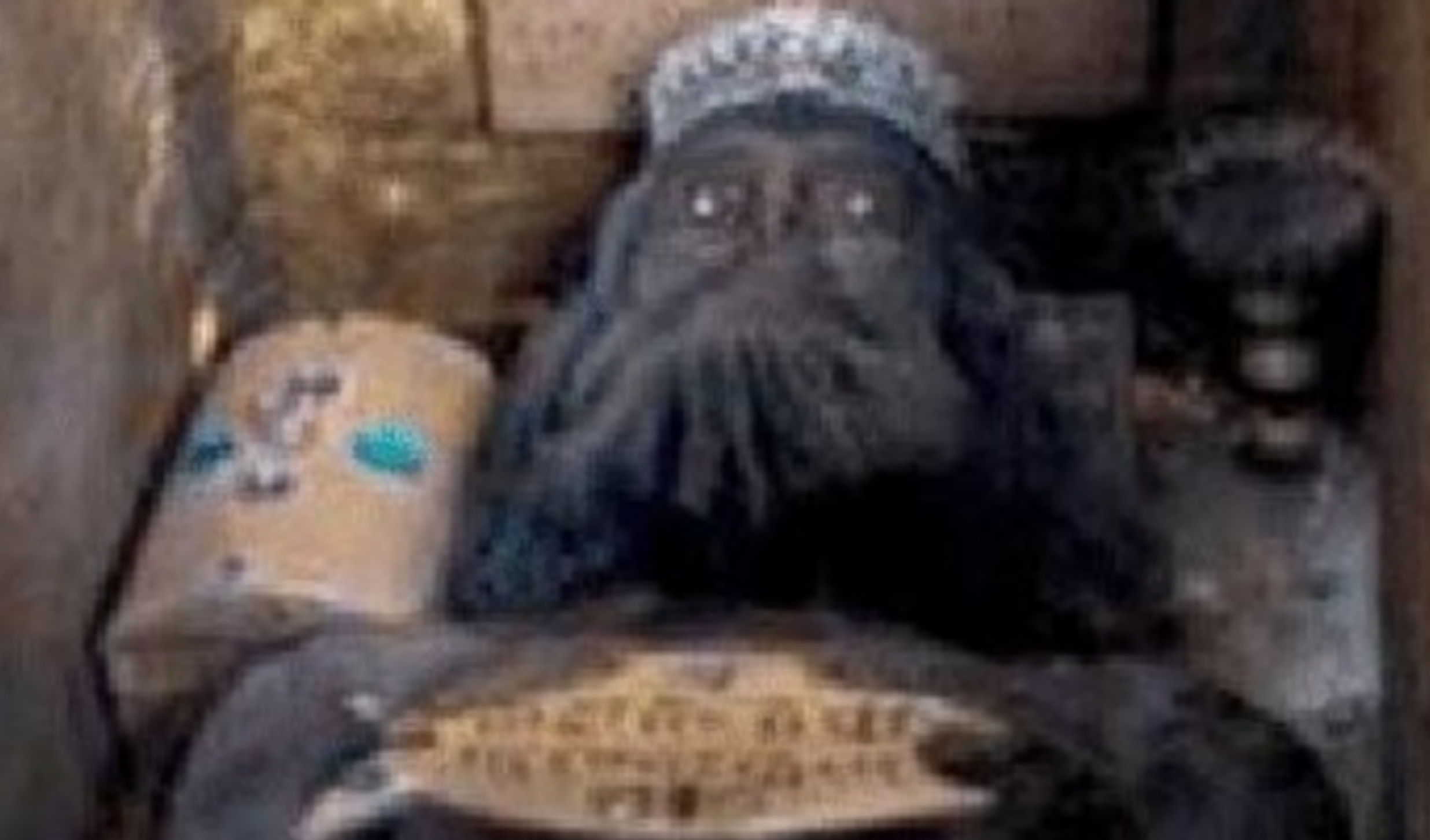
In the rugged terrain of southeastern Turkey, nestled among the foothills of the Taurus Mountains, archaeologists unearthed a discovery that would challenge the boundaries of human history—a 12,000-year-old intact Anunnaki found in an ancient tomb, shedding light on our prehistoric ancestors.
The excavation site, known as Göbekli Tepe, had already astonished the archaeological world with its enigmatic stone pillars and intricate carvings dating back to the dawn of civilization. But what lay beneath the surface promised an even greater revelation—a burial chamber concealed beneath layers of sediment and time.

Dr. Elena Ramirez, the lead archaeologist overseeing the dig, described the moment of discovery as both exhilarating and humbling. The tomb, carved from solid rock and adorned with primitive yet intricate symbols, contained the remains of what appeared to be a high-ranking individual from a long-forgotten culture.
The Anunnaki, a term from ancient Mesopotamian mythology referring to divine beings who played significant roles in human history, lay in repose with artifacts and offerings that hinted at a complex belief system and ritualistic practices. The burial chamber, illuminated by flickering torchlight, revealed clay vessels filled with offerings of grain and precious stones, alongside tools crafted from obsidian and flint.

Further analysis of the remains and artifacts provided a glimpse into the daily life and spiritual beliefs of our distant ancestors. The Anunnaki, adorned with jewelry made from shells and polished bone, bore tattoos and scarifications that suggested a society rich in symbolism and cultural significance.
As word of the discovery spread, experts debated the implications of the find. Some speculated that the Anunnaki could provide insights into the origins of ancient civilizations and the development of religious beliefs. Others questioned whether the tomb signaled the existence of a sophisticated society capable of complex rituals and artistic expression far earlier than previously believed.

For Dr. Ramirez and her team, the excavation marked a watershed moment in their careers—a chance to rewrite the narrative of human history and explore the interconnectedness of ancient cultures across time and space. They painstakingly documented every artifact and detail, knowing that each discovery had the potential to unlock new chapters in the story of our origins.
As the sun set over Göbekli Tepe, casting long shadows across the ancient landscape, the discovery of the intact Anunnaki stood as a testament to the resilience and creativity of our prehistoric ancestors. It reminded humanity of its shared heritage and the enduring quest to uncover the mysteries of our past, one excavation at a time.
3.5
